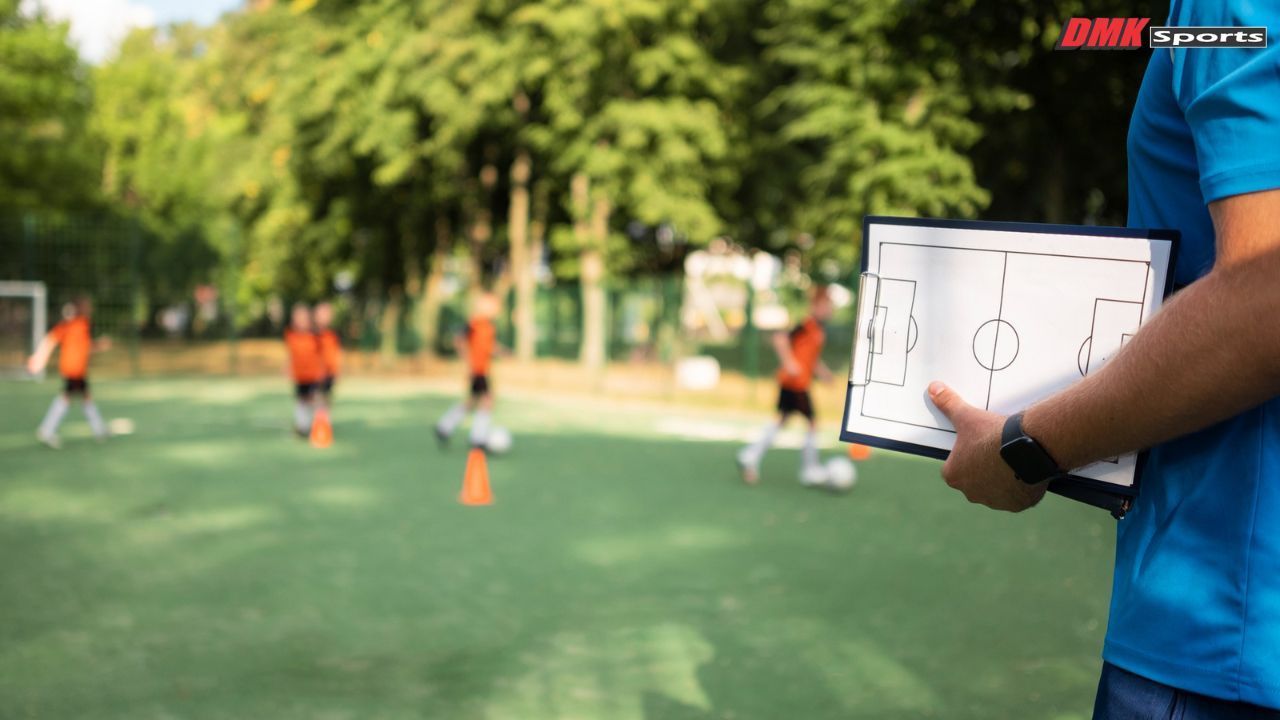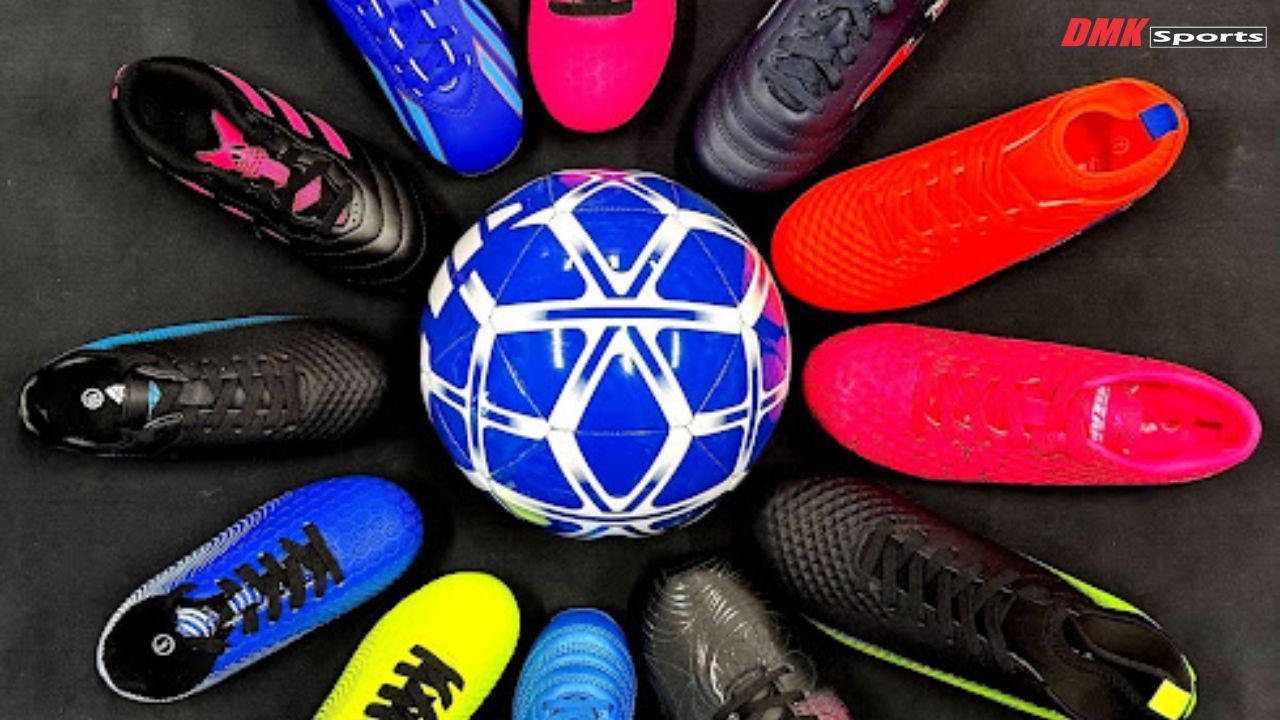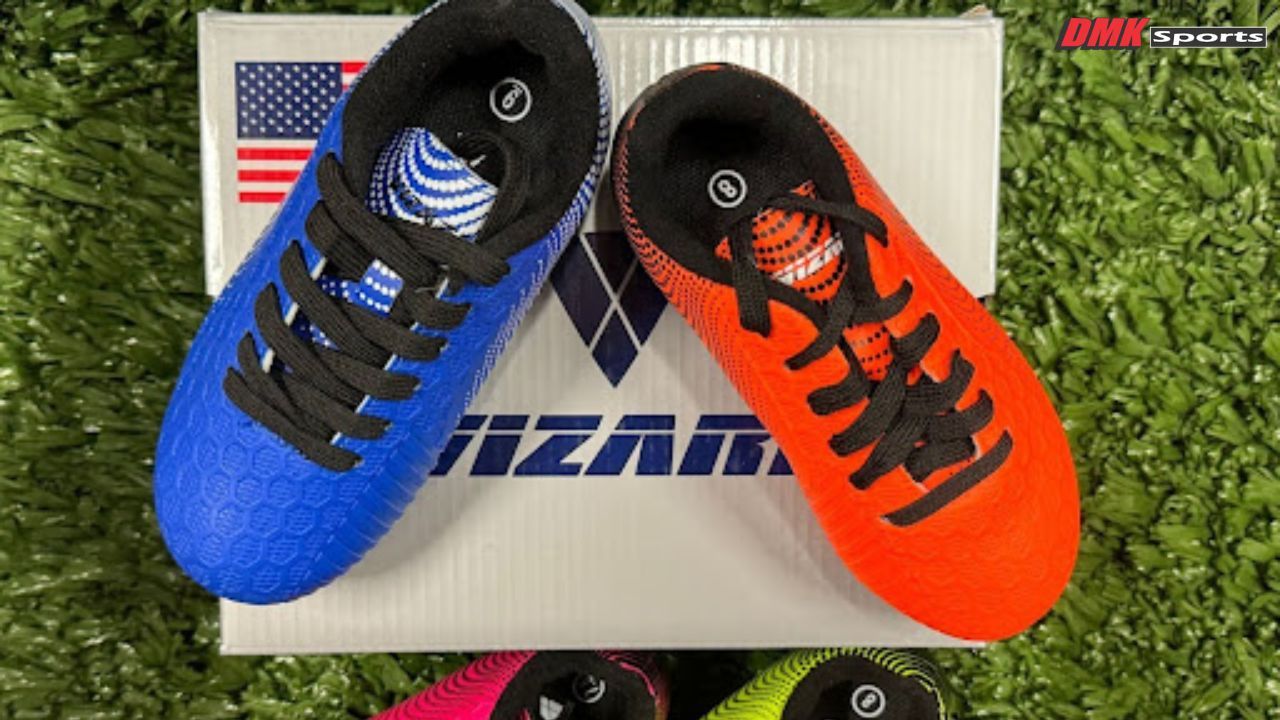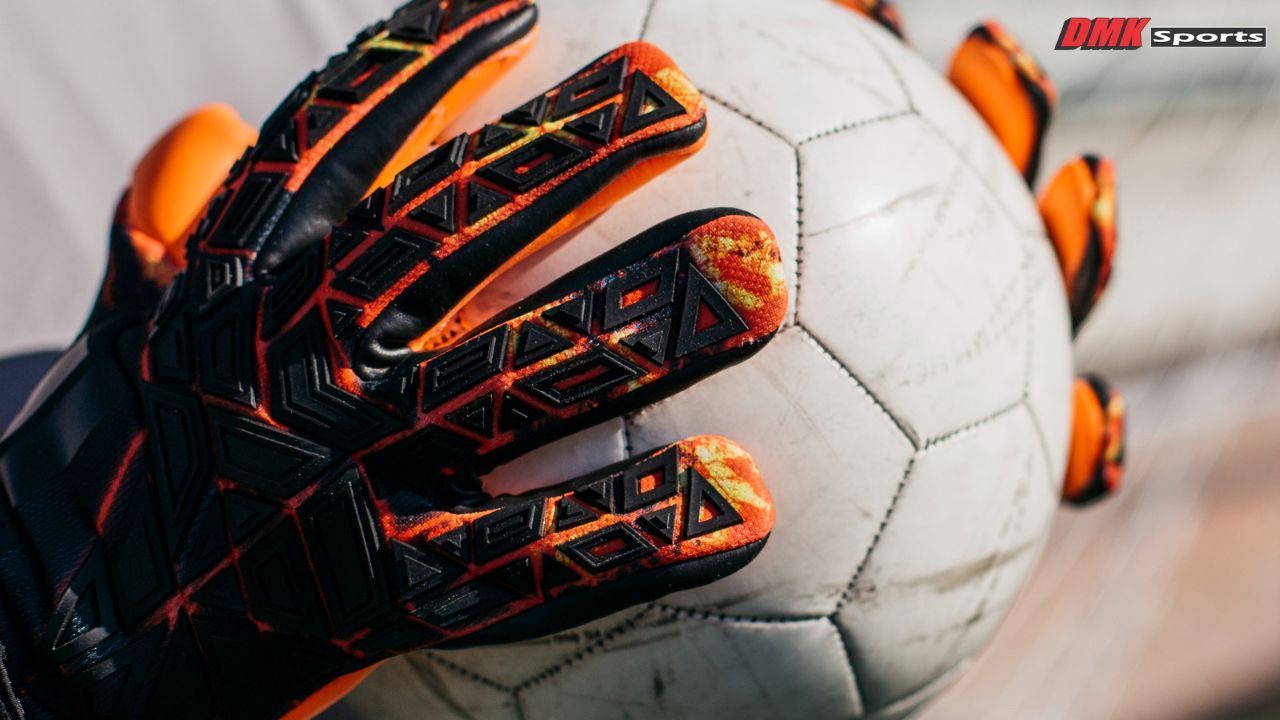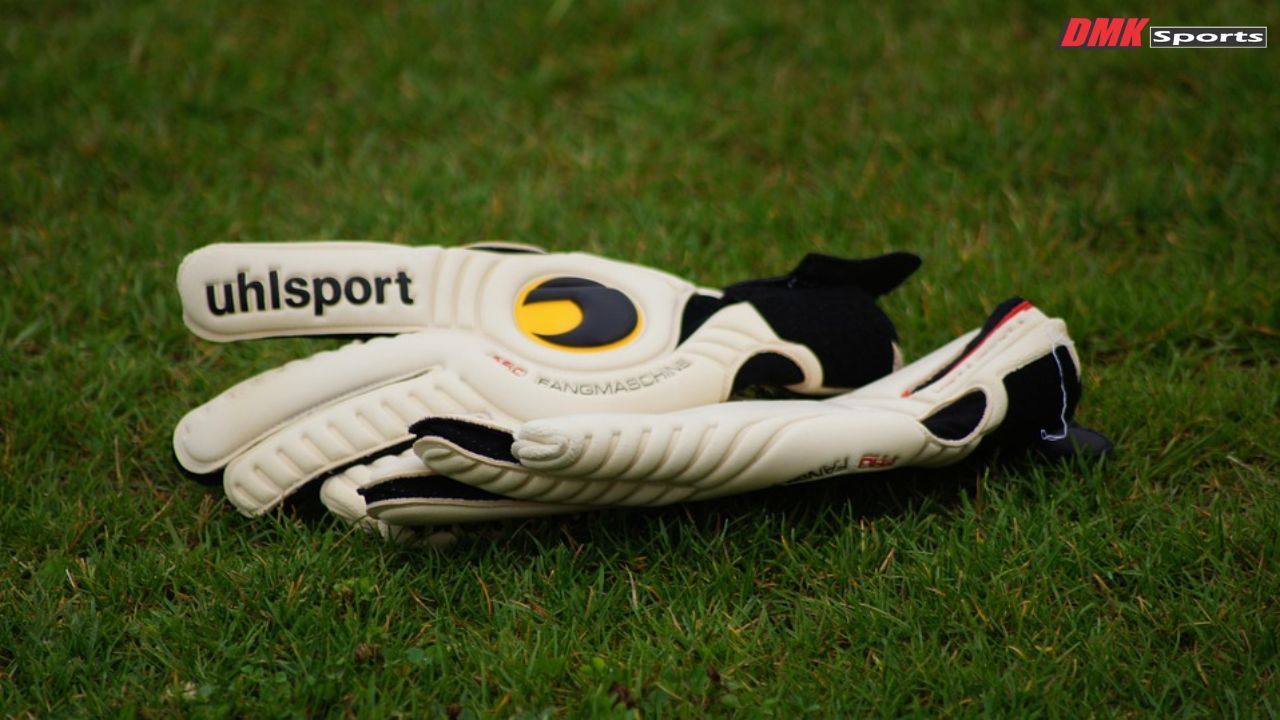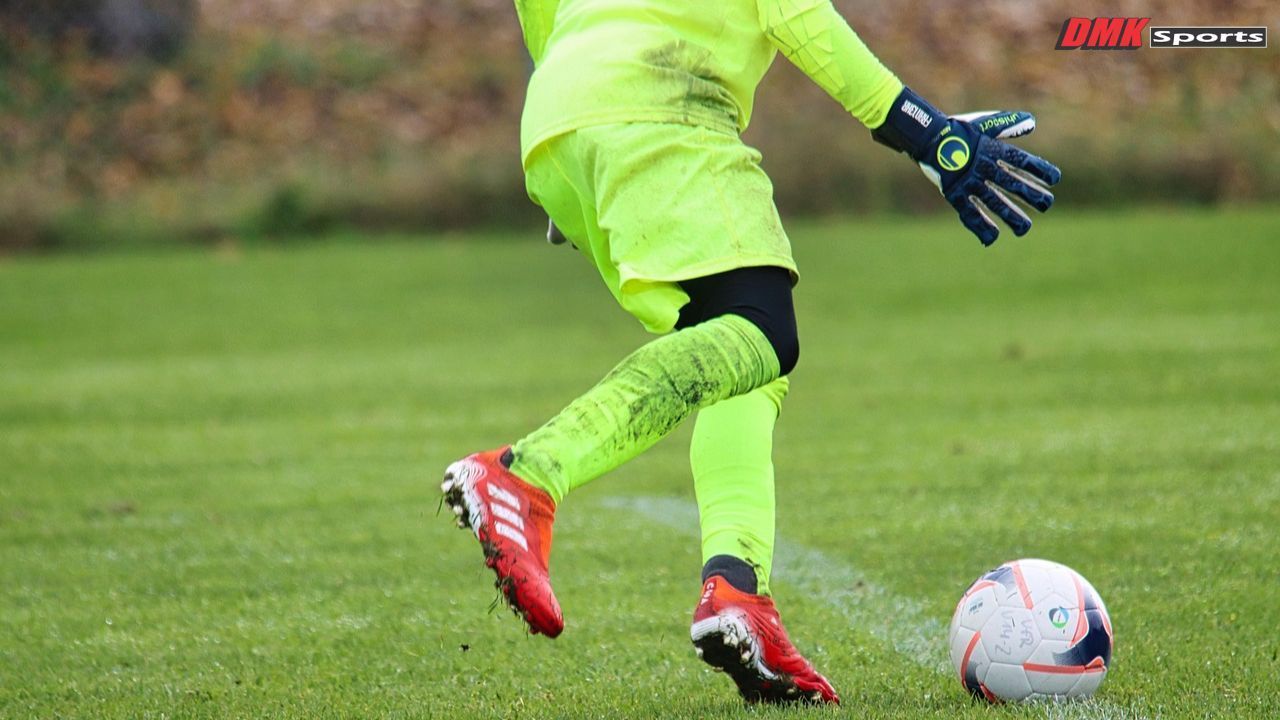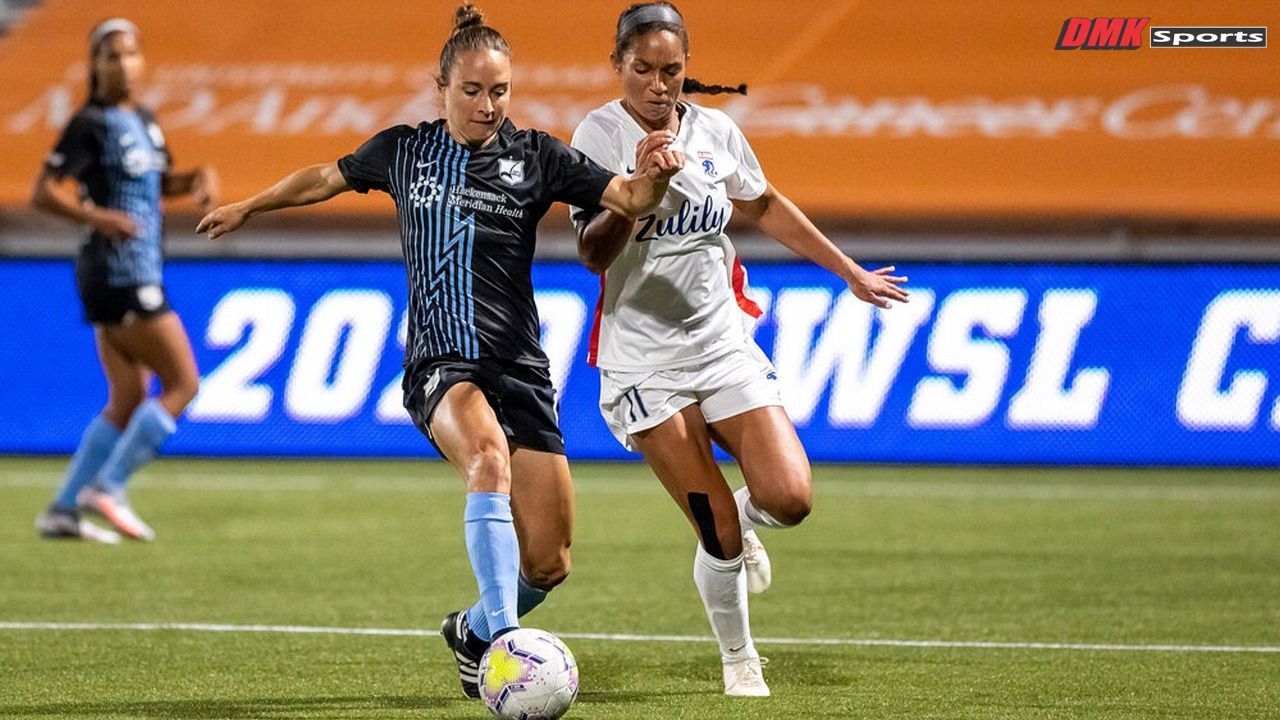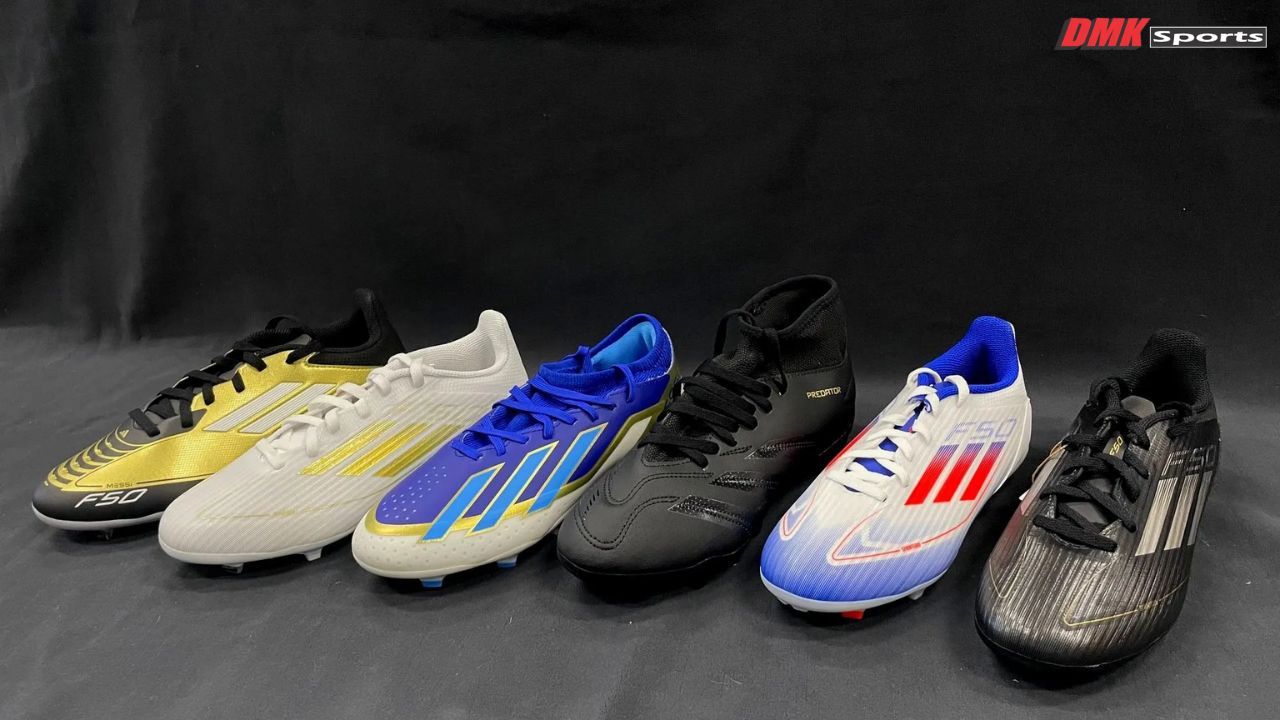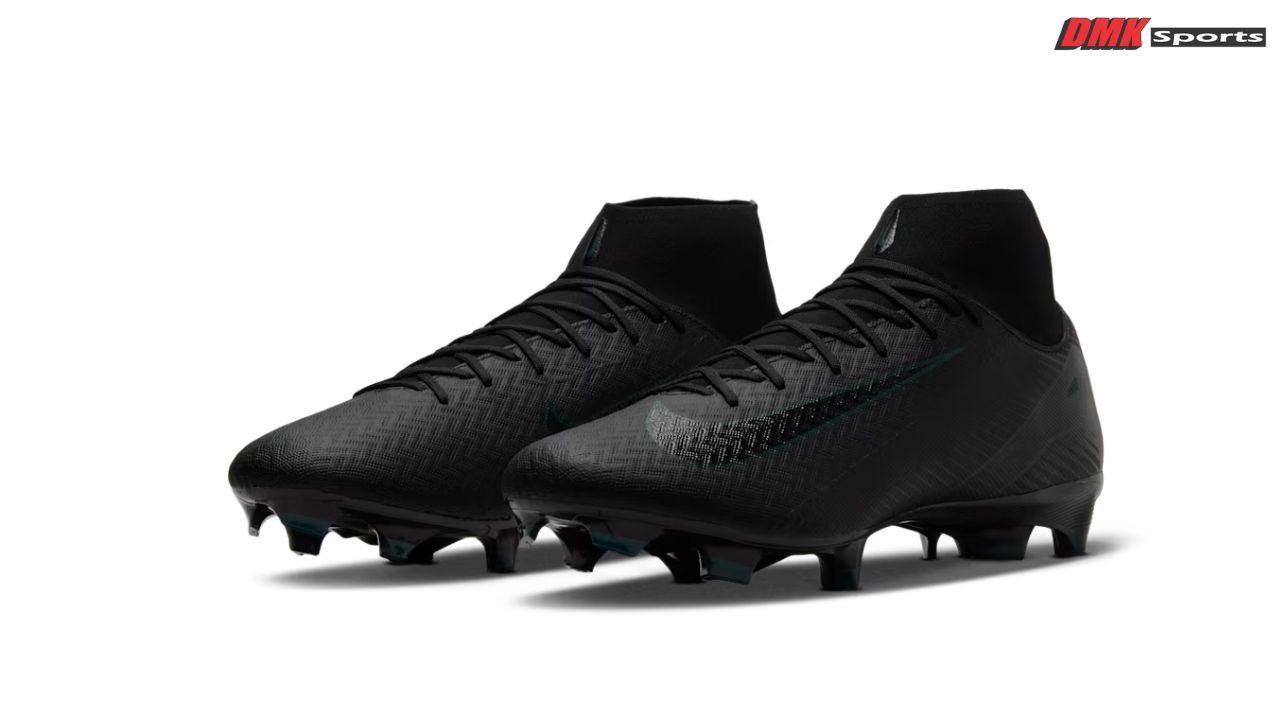FG vs. AG Cleats: Is FG or AG Better for Your Game?

To perform better on the field (FG, or firm ground, or AG, or artificial grass), a good pair of soccer cleats is essential that can prevent injuries and get the best traction on the field.
Many players often ask one key question: Is FG or AG better? The answer depends on the surface you play on, your playing style, and how often you switch between pitches.
For those looking for a comprehensive selection of soccer cleats for adults, DMK Sports offers various options that you can select as per your playing style and preferences. Check out DMK Sports' collection of adult soccer cleats here.
In this guide, we explore the difference between FG vs. AG cleats, detailing their construction, performance benefits, fit, and which type is best for your game.
Understanding the Purpose of Soccer Cleat Types
Each stud configuration is designed for specific playing conditions. Using the wrong type of cleat on the wrong field can lead to discomfort, poor performance, and long-term damage to your footwear.
FG and AG cleats are built differently, and knowing the differences helps players make smart choices before stepping onto the pitch
.
FG (Firm Ground) vs AG (Artificial Grass) Cleats
FG cleats are designed primarily for natural, dry, and firm grass pitches, whereas AG cleats are made specifically for long-bladed artificial grass surfaces like 3G and 4G turfs.
When it comes to
stud design, FG cleats usually feature
longer, more pronounced studs that can be either
conical or bladed. These studs help players dig into natural soil for better traction.
AG cleats, however, use a
higher number of shorter, rounder studs—often hollowed out—to evenly distribute pressure across artificial surfaces.
In terms of
performance, FG cleats work best by providing
strong grip and stability on natural grass, penetrating the ground for enhanced traction.
AG cleats perform better on synthetic turf because their stud pattern
reduces joint stress, increases comfort, and allows more rotational freedom, which is important on the firmer artificial surface.
However, each type comes with risks when used incorrectly.
FG cleats can
damage artificial grass, as their longer studs pierce too deeply, catch on the turf, and restrict movement.
On the other hand, while FG cleats provide excellent traction on natural grass, they
may not perform as efficiently on surfaces they aren’t designed for.
What Are FG Cleats? – Firm Ground Cleats Explained
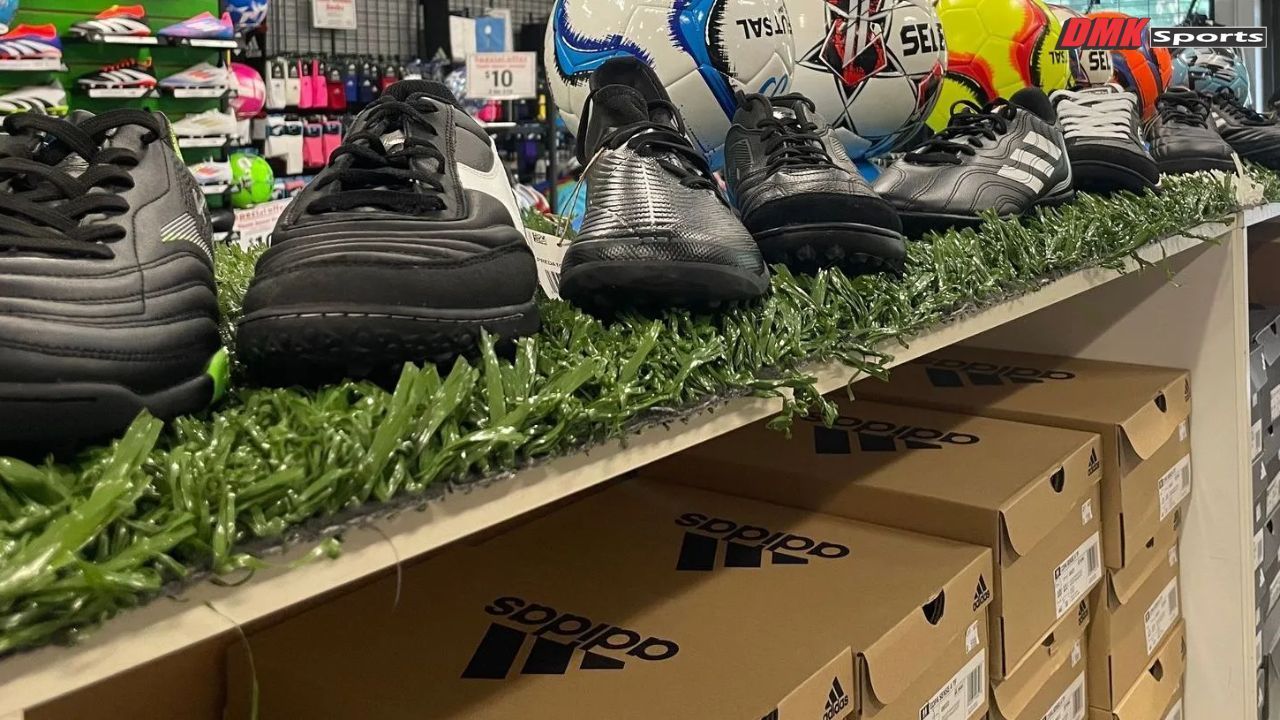
FG (Firm Ground) cleats are the most common type of soccer shoe. They are designed for natural grass fields that are dry, firm, and stable. The studs are strategically placed to provide excellent grip, traction, and stability without sinking too deeply into the ground.
Key Features of FG Cleats
- Longer studs for deeper grip
- Wider stud spacing to reduce clumping of dirt
- Optimized for non-muddy natural grass
- Lightweight design for speed and agility
Performance Advantages
On natural grass, FG cleats give players:
- More acceleration
- Better stability during sudden turns
- Consistent traction for high-speed attacks
- Power transfer during passes and shots
FG cleats remain the top choice for players who train and compete mostly on outdoor grass surfaces.
What Are AG Cleats? – Artificial Ground Cleats Defined
AG (Artificial Ground) cleats are engineered for modern artificial turf fields, which are harder and more compact compared to natural grass. Playing in FG cleats on these surfaces can create excessive pressure on the feet and joints. AG cleats prevent such strain by using a larger number of shorter studs, which distribute weight effectively across the foot.
Key Features of AG Cleats
- More studs across the sole for pressure balance.
- Shorter studs to minimize joint stress
- Durable soleplates are built for turf friction.
- Better heat resistance for artificial surfaces
Performance Advantages
When used on artificial turf, AG cleats offer:
- Reduced injury risk
- Greater comfort during long sessions
- Better maneuverability on harder surfaces
- Even stud pressure distribution
Players who train frequently on 3G, 4G, or modern turf systems often rely on AG cleats for reliable support and comfort.
FG vs. AG Cleats – Construction Differences
Understanding construction differences helps determine when and where to use each type.
Stud Layout
- FG: 10–12 studs spaced widely, designed to penetrate grass.
- AG: 20+ shorter studs close together for balanced weight distribution.
Soleplate Design
- FG: Built for natural grass shock absorption.
- AG: Reinforced for artificial turf friction, heat, and impact.
Durability
- FG shoes can wear out faster on turf, especially around the stud base.
- AG shoes are made to withstand artificial turf abrasion.
Is FG or AG Better for Different Playing Conditions?
Best Choice for Natural Grass
If you’re playing on natural grass, FG cleats are the best option for you. Their stud pattern provides superior traction, allowing you to make sharp cuts, accelerate quickly, and maintain better balance. They also enhance ball control and ensure a firm grip, reducing the risk of slipping during fast-paced plays.
Best Choice for Artificial Turf
If you’re playing on an artificial turf, AG cleats are the better choice. They are designed to distribute pressure evenly across the foot, minimizing discomfort and reducing the risk of injuries. The studs provide stability without digging too deep, improving safety while maintaining agility and performance on synthetic surfaces.
If You Play on Both
Some players assume FG cleats will work everywhere, but repeated use on turf can:
- Damage the soleplate
- Wear down studs quickly
- Increase injury risk
In this situation, many players prefer:
- One pair of FG cleats for grass
- One pair of AG cleats for turf
- Or
mixed FG/AG hybrid models
Can You Wear FG Cleats on Artificial Turf?
Although many players wear FG cleats on turf, it is not recommended. FG cleats on turf may:
- Put extra stress on the knees and ankles
- Cause slippage due to stud length
- Wear down prematurely
- Create discomfort during long games
AG cleats offer a safer and more durable choice on turf-based surfaces.
Can You Wear AG Cleats on Grass?
AG cleats can be worn on natural grass, but the grip may be weaker in:
- Wet conditions
- Muddy fields
- Thick, soft grass
Players may feel reduced traction, making AG cleats less ideal for natural pitches.
How to Choose Between FG and AG Cleats for Your Playing Environment
Below is a simple guide to help decide which is better for you:
Best Cleats for Each Playing Surface – Explained Simply
- For dry natural grass, the best option is FG cleats, as they provide ideal traction on firm ground.
- On wet natural grass, FG cleats with longer studs offer better grip and help prevent slipping.
- When playing on modern artificial turf (3G/4G), AG cleats are the most suitable, giving proper weight distribution and rotational freedom.
- For older, carpet-style turf, AG cleats are again recommended due to their shorter, safer studs.
- If you switch between natural grass and artificial turf every week, the ideal solution is to have one pair for each surface, or use hybrid cleats that work reasonably well on both.
Injury Prevention – Why Choosing the Right Cleats Matters
Wearing the right shoes does more than boost performance. It protects your:
- Ankles
- Knees
- Lower back
- Foot arches
Improper stud configuration may increase:
- Foot fatigue
- Turf burns
- Stud pressure pain
- Overuse injuries
Players who train heavily on turf should strongly consider AG models for long-term comfort.
Which Is Better for Shooting, Passing, and Control?
FG Cleats
- Better ball contact due to aggressive traction
- Stronger footing during shots
- Smooth weight transfer when striking
AG Cleats
- Slightly more forgiving on harder surfaces
- More stability for short passing play
- Ideal for possession-focused matches on turf
Both can perform well, but surface compatibility matters most.
Which Cleats Do Professional Players Use?
With many elite clubs switching to artificial training fields, players often own:
- AG boots for weekly training
- FG boots for match days
This helps:
Extend cleat lifespan
- Improve joint comfort
- Optimize performance on each surface
Recommended Reads:
- What Soccer Cleats Have the Best Support? A Guide for Stability & Comfort
- How to Choose the Best Adult Soccer Cleats
- Can You Use Soccer Cleats for Football? What to Know Before You Try
Conclusion – Is FG or AG Better?
The answer comes down to where you play most:
- Choose
FG cleats if you mainly play on
natural grass.
- Choose
AG cleats if you primarily play on
artificial turf.
- If you regularly switch between surfaces, owning both is the best solution.
Using the right cleats keeps players safer, faster, and more consistent, while also extending the life of their footwear. At DMK Sports, you can find the right cleats for your playing style and surface, helping you perform at your best every time.
